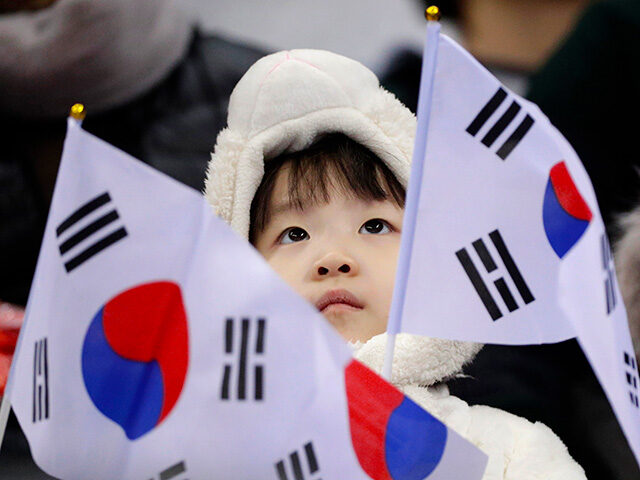South Korea on Sunday announced more aggressive measures to stave off the worst population crisis in the world, boosting childcare subsidies into a “monthly salary for parents” and raising the already sizable cash bonus for childbirth, plus more paid family leave and subsidized mortgages for the parents of newborn children.
The basket of increased subsidies for 2024 rolled out by the Ministry of Health and Welfare on Sunday sought to address every one of the factors cited by demographic experts for South Korea’s cratering fertility rate.
The “monthly salary for parents” of children under one year old was increased from 700,000 to one million won, which is equivalent to about $770. Families with children between one and two years old will now receive 500,000 won per month, up from 350,000.
This comes on top of a 2-million-won cash incentive for having a first child, 3 million won for second or subsequent children, and 5 million for twins. Parental leave benefits were increased by enough to cover six months off for both parents, doubling the allowance from 2023.
“In addition, the government will offer mortgages with cheaper interest rates to the parents of newborns, acknowledging that the nation’s elevated housing costs have been identified as a deterrent for couples considering starting a family,” the Korea Times reported on Tuesday.
Even more subsidies are coming, according to the Presidential Committee on Ageing Society and Population Policy. Among other things, the Committee is contemplating more assistance for addressing fertility issues.
Some South Korean municipal governments have introduced programs of their own to make child care more affordable. The city of Incheon, for example, offers about $77,000 worth of subsidies for children up to age 18, beginning with children born in 2023.
The total value of Incheon’s subsidies increased by about $21,000 this year over the already generous 2023 levels, and even more perks have been announced by Mayor Yoo Jeong-bok, including paid transportation expenses.
The package of support programs was dubbed “100 million + i dream,” a reference to the total value of the subsidies in South Korean currency as 100 million won.
“We hope that Incheon’s proactive birth policy will lead to national birth encouragement policies to be made and for the development of policies to counter the low birth rate,” Mayor Yoo said in December.
Incheon’s fertility rate of 0.66 children per woman is even lower than the crisis-level national average of 0.72. The national rate is projected to continue falling until at least 2025 when it hits 0.65.
South Korea gained the unhappy distinction of having the world’s lowest fertility rate when it fell to 0.78 in 2022. At that time, government planning officials expected the lowest rate to be 0.7 and they thought fertility would begin increasing after 2024.
When the revised forecasts were released in December, President Yoon Suk-yeol’s technocratic nominee for finance minister, Choi Sang-mok, gloomily compared it to the Titanic hitting the iceberg.
“It’s already too late,” Choi told reporters. “A ship like the Titanic has no choice but to crash by the time it discovers a reef.”
Choi estimated it would take 30 years for even the most aggressive policies to restore a healthy birth rate, so he felt South Korea should brace itself for worker shortages, shortfalls of tax revenue, increasing welfare costs, and other consequences of an aging population.
The Bank of Korea predicted last month that the national economy will begin shrinking in 2050 if current demographic trends continue. Some observers also ominously noted that North Korea’s birth rate is about double South Korea’s, which could leave Seoul without enough soldiers to defend its borders in the coming years.

COMMENTS
Please let us know if you're having issues with commenting.